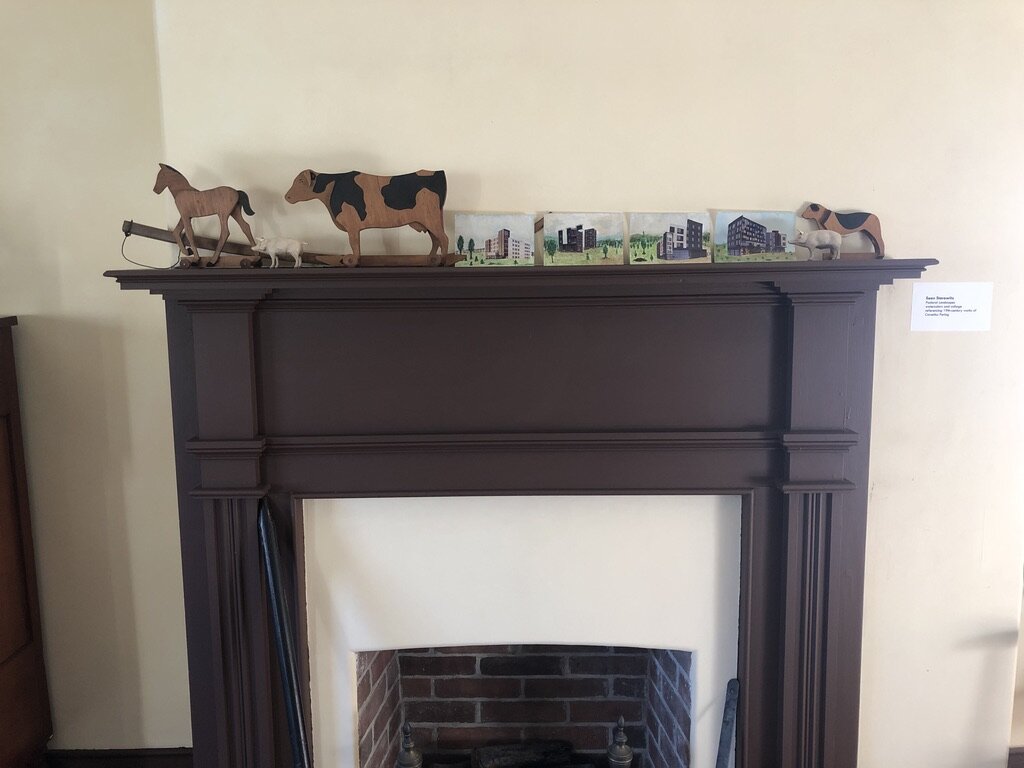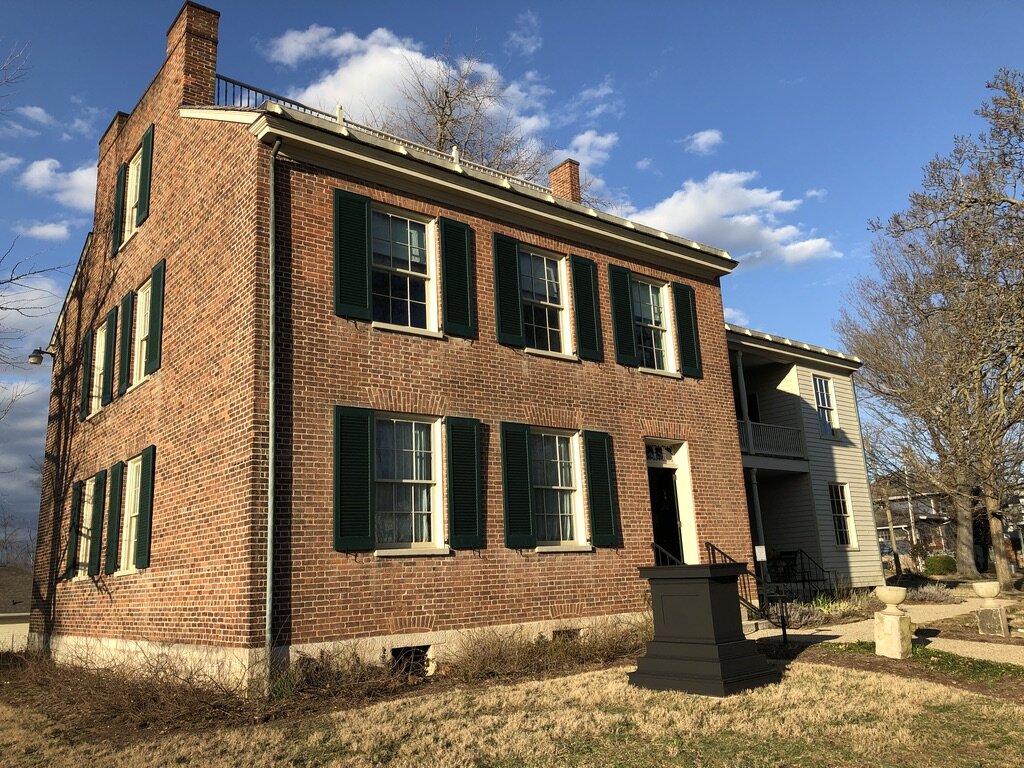Now more than ever, it is essential for our communities to explore and embrace new stories and frameworks for understanding the need to confront shame, loss, and trauma within our public spaces and historical archives.
Monumental Void is an outdoor plinth/monument to embody the irrecoverable aspects, stories, and narratives lost to history. The monument represents a void, portal, gateway, gap in the archives/museums/historical collections abilities to collect accounts of marginalized and forgotten stories. To quote Saidiya Hartman, “it is a history of an unrecoverable past; it is a narrative of what might have been or could have been; it is a history written with and against the archive.” The monument is painted with a deep (flat) black and in a particular light - will absorb light and or reflect light - alluding to a void, portal or gateway. Viewers are encouraged to consider the impacts of public memory, monument making, and whose stories we consider in public spaces.
My recent studio work has focused on the investigation of whiteness, white supremacy in the built environment, and avenues toward truth and reconciliation. I want to acknowledge that, as an identifying white cis male, my work can not speak on behalf of historically marginalized communities. Artists and communities need to confront the histories of violence and racism embedded in Indiana, this work should not—and can not—be at the expense of those whose lives are so intimately affected (usually how monuments, public markers, and memorial spaces function). This work must embrace the self-reflection needed to confront white supremacy without reiterating the historical traumas of Black people and communities of color.
Monuments have never been more critical to the identity of communities. Too often, municipalities and community groups are intoxicated by a nostalgia of place, and we are in desperate need of difficult conversations around confrontation and, ultimately, reparation. History is the privilege of those who tell it, and whiteness has been the narrator for far too long.
Now more than ever, it is essential for our communities to explore and embrace new stories and frameworks for understanding the need to confront shame, loss, and trauma within our public spaces and historical archives. Monumental Void, as a part of The Wylie House Call & Response, provides a physical embodiment of the potential for these new, challenging, critical dialogues.
Further Reading by the Artist:
Pastoral Landscapes: The collages/watercolors are a merge of the historical 19th pastoral landscape of Monroe County with its current built environment and contemporary architecture of Bloomington. Dorm Room/Bland Boxy Apartments loom over the natural landscapes of the 19th Century Bloomington on small postcards. These drawings are inspired by the papers, writing, drawings of Cornelius Pearing. Most explicitly the works are in direct reference to the letter that was written in Bloomington on August 27, 1833. We often romanticize the 19th pastoral landscape of Monroe County without considering the larger historical frameworks of racism and genocide within it. The watercolor reflects on the tension between architecture, colonialism, displacement, and identity within our shared historical and physical landscapes.
Monumental Void and Pastoral Landscapes were commissioned by Call and Response: Creative Interpretations of Wylie House exhibition, an artistic extension of the Wylie House Museum’s commitment to share the lesser-known histories of people associated with the 1835 Indiana home. Sponsored by the Arts & Humanities Council at Indiana University in collaboration with IU Libraries. Images and copy editing by Emily Miles.



